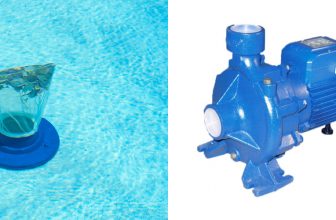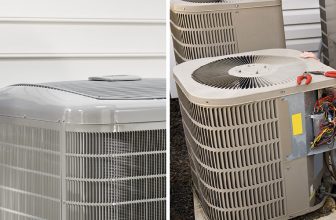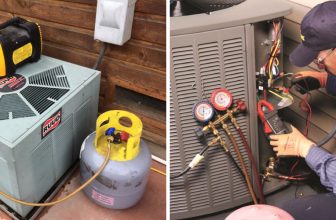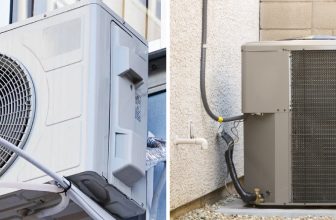How to Unstick a Reversing Valve on a Heat Pump
When the temperature starts to drop, keeping your home or business warm is of utmost importance. But if you’re like most people, having to deal with a broken heat pump can quickly become an unwelcome distraction.
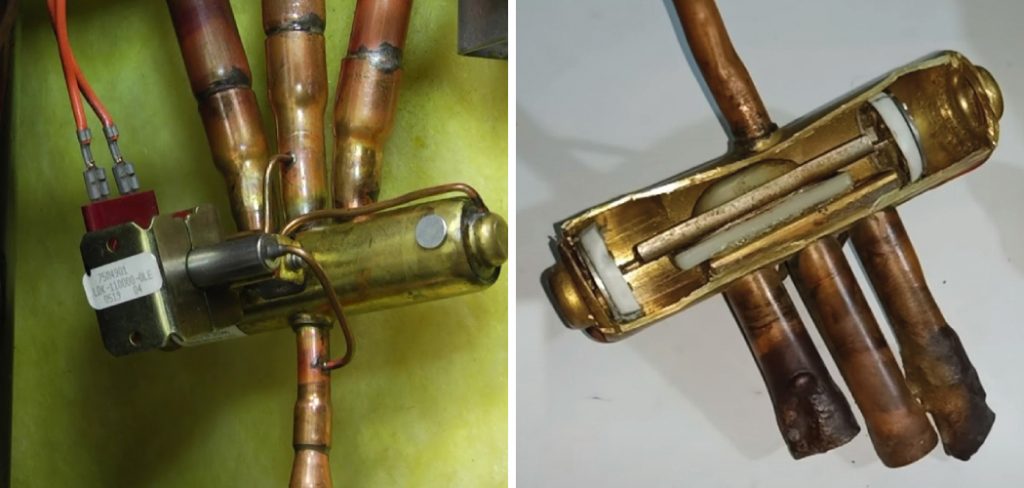
Fortunately, knowing how to diagnose and fix a common issue, such as a stuck reversing valve on a heat pump, isn’t that difficult — if you have some knowledge about heating systems and electricity basics. In this blog post, we’ll be exploring the causes of why a reversing valve gets stuck and what actions can be taken to unstick it without too much difficulty.
If you’ve experienced first-hand the difficulties of a stuck reversing valve on your heat pump, then you know that it can be an incredibly frustrating experience. Not being able to regulate the temperature in your home properly and seeing energy bills skyrocket is not how anyone wants to spend their time.
Fortunately, though, with just a little know-how and some elbow grease, it’s possible to unstick this problematic part yourself and save some money. Here we’ll discuss exactly what a reversing valve is and provide step-by-step instructions on how to unstick a reversing valve on a heat pump. Ready? Let’s get started!
Causes of Why a Reversing Valve Gets Stuck
There are many reasons why a reversing valve can get stuck on a heat pump. Such as:
1. Debris Buildup
Debris buildup is one of the most common causes of a stuck reversing valve. Any foreign objects, such as dirt or dust that get into the system can cause wear and tear on the components, leading to a reversal valve getting stuck.
2. Mechanical Stress
When there are sudden changes in pressure in your heat pump’s system, it can lead to mechanical stress on the reversing valve. This can also cause it to get stuck and make it harder to unstick.
3. Electrical Issues
If the electrical circuits that control the heat pump become damaged or broken, this can cause the reversing valve to become stuck. So this can be a sign of a more serious problem.

4. Age
Another factor that can lead to a stuck reversing valve is age. As a heat pump gets older, the components can begin to wear out and not function as they should, which can result in the reversing valve becoming stuck.
10 Ways About How to Unstick a Reversing Valve on a Heat Pump
Now that we’ve discussed the causes of why a reversing valve can get stuck let’s move on to how you can unstick it. There are several steps you can take to unstick a reversing valve on a heat pump properly:
1. Clean Out Any Debris or Blockages
One of the main reasons reversing valves can get stuck is because of debris or blockages. Make sure to check around the valve for any dirt, dust, or other obstructions that may be preventing it from switching over.
2. Check for Bent or Damaged Parts
Another common cause of a stuck reversing valve is if there are any bent or damaged parts inside the valve. Check for any parts that may be bent or broken and replace them if necessary.
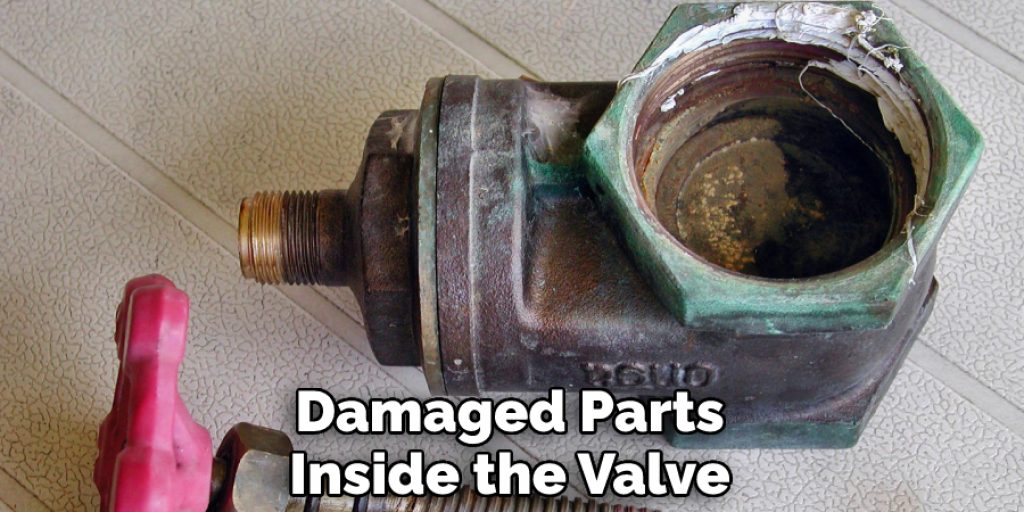
3. Inspect the Capacitors
The capacitors on the reversing valve can also become damaged over time, preventing it from switching properly. Make sure to inspect these regularly and replace any capacitors that may have gone bad.
4. Check the Wiring
The wiring of the reversing valve is an important component that needs to be regularly checked and replaced if necessary. Make sure all the wires are securely connected and there aren’t any frayed or damaged wires.
5. Lubricate Moving Parts
To ensure a smooth switching process, make sure to lubricate the moving parts of the reversing valve. This can help reduce any friction that may be causing it to get stuck.
6. Inspect for Leaks
Leaks in the system can also cause a reversing valve to get stuck, so make sure to check for any small leaks or cracks that could be causing this issue. Also, check the seals on all connections as they can also be a potential source of leaks.
7. Check Pressure Settings
Make sure to check the pressure settings on your reversing valve and adjust them if necessary. This can help improve the valve’s overall performance and prevent it from getting stuck in one position.
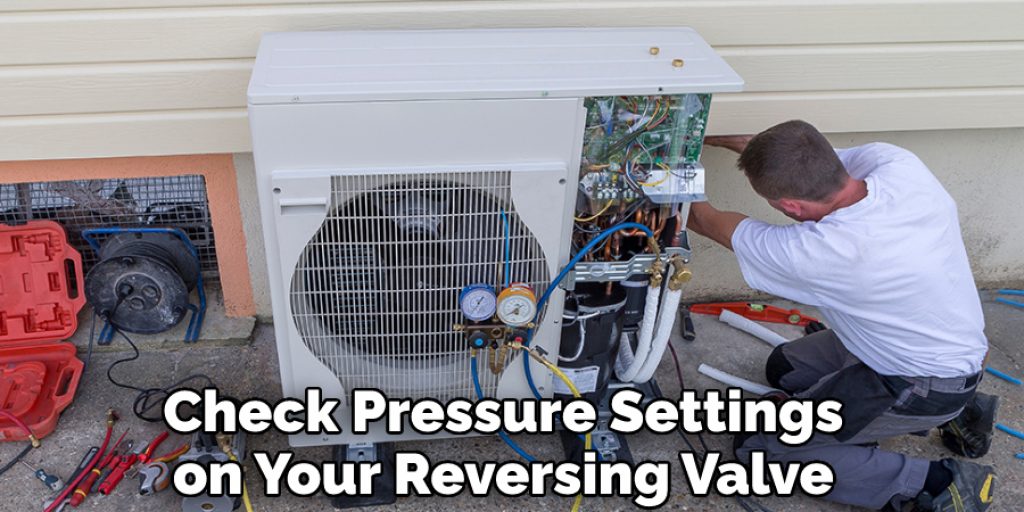
8. Replace Any Worn Parts
If there are any worn parts in the reversing valve that are preventing it from switching, make sure to replace them with new ones. This will help ensure a smooth and efficient operation of the valve.
9. Check for Proper Electrical Connections
The electrical connections of the reversing valve should be checked regularly to make sure they are properly connected. If there are any loose or damaged wires, make sure to replace them immediately.
10. Have a Professional Check it
If all else fails, the best thing to do is to have a professional come in and check the reversing valve for any potential problems that may be causing it to get stuck. They can help identify any issues and provide the best solutions to get it running smoothly again.
Following these steps can help enhance the performance of your reversing valve and prevent it from getting stuck in one position. With a little bit of maintenance, you should be able to keep your heat pump running smoothly and efficiently.
If you are still experiencing problems with your reversing valve, contact a professional HVAC technician for assistance. They can help diagnose any issues and provide the best solutions to get your system up and running again.
Frequently Asked Questions
What Precautions Should I Take Before Unsticking a Reversing Valve?
Before attempting to unstick the reversing valve, it’s important to make sure that all power sources, such as electricity and gas, are turned off. This is for your safety and the safety of those around you. Additionally, if you’re not confident in completing this task on your own, it’s always best to call a professional technician.
What Is the Procedure for Unsticking a Reversing Valve?
Once you’ve confirmed that all power sources are turned off, you can proceed with un-sticking the reversing valve. First, locate the reversing valve on your heat pump and identify it as the component that is connected to the suction line. If your heat pump is a split system, you must identify both sides of the valve and ensure they are securely fastened together.

Next, use a wrench or other suitable tool to loosen the bolts on either side of the valve. After this has been completed, remove any debris or dirt that may be preventing the valve from operating smoothly.
Finally, re-assemble the valve and secure it in place using the bolts. Once this is done, you should be able to power up your heat pump again and check that the reversing valve is now unstuck. If not, then further investigation may be needed to diagnose the problem.
Can I Unstick a Reversing Valve on My Own?
Yes, you can unstick a reversing valve on your own if you have the right tools and knowledge. Make sure to follow the steps outlined above and take all necessary safety precautions before attempting any repairs. If you’re not confident in your ability to fix it yourself, it’s always best to call in an experienced technician who can ensure the job is done correctly.
What Maintenance Should I Perform on the Reversing Valve?
Regular maintenance of your reversing valve is important to ensure that it is operating correctly and safely. This includes checking for visible damage or wear, cleaning off dirt and debris, and tightening bolts or nuts that may have come loose over time. Additionally, you should make sure to check the valve for any signs of leakage and replace O-rings or other components as needed.
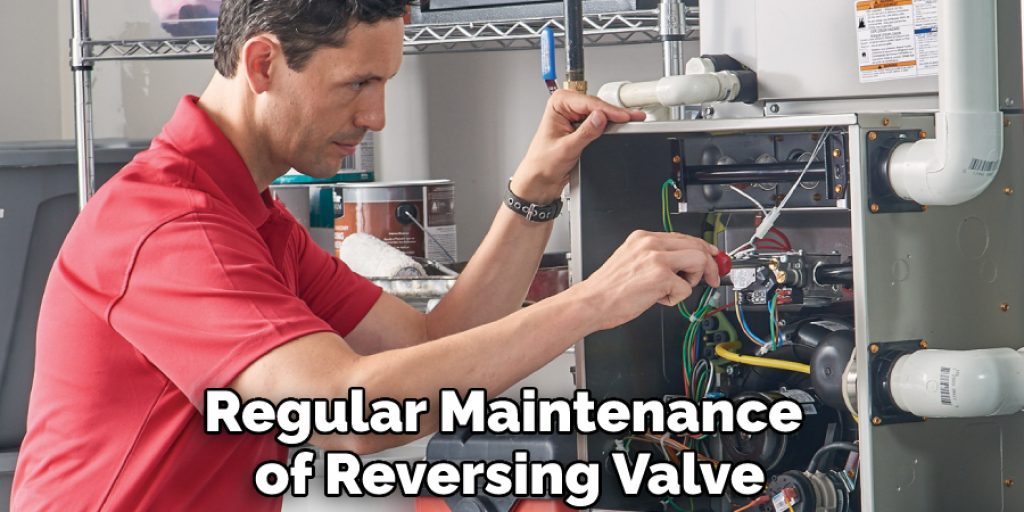
Finally, you should also make sure to consult your heat pump’s manual for information on how often you should perform these maintenance tasks. By doing so, you can ensure that your reversing valve remains in good working order and continues to keep your home comfortable.
Conclusion
While replacing the reversing valve may seem like a daunting task, it’s actually relatively straightforward and simple to do. In conclusion, always check that the reversing valve is in good working order for optimal heat pump performance before making any other repairs.
Keeping up with regular maintenance and replacing the reversing valve when necessary can help you avoid major problems down the line. If you’re still having trouble getting your heat pump’s reversing valve unstuck, consider calling in a professional technician to take a look.
Now you know how to unstick a reversing valve on a heat pump and how to keep it running smoothly. With a little bit of maintenance and the right tools, you should be able to get your heat pump back up and running in no time. Additionally, if there are any further issues, don’t hesitate to contact an HVAC professional for assistance. They can help diagnose the issue and provide solutions to get your system back to running at its best.

